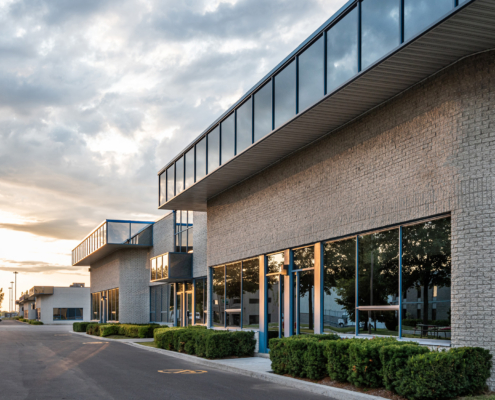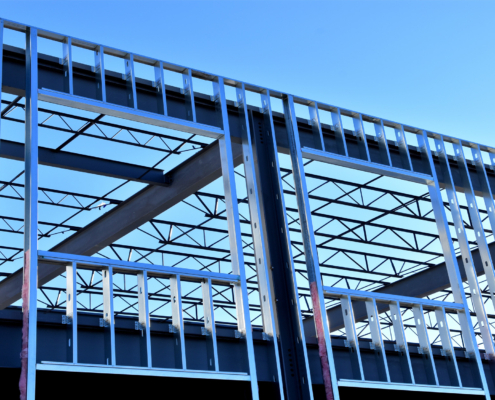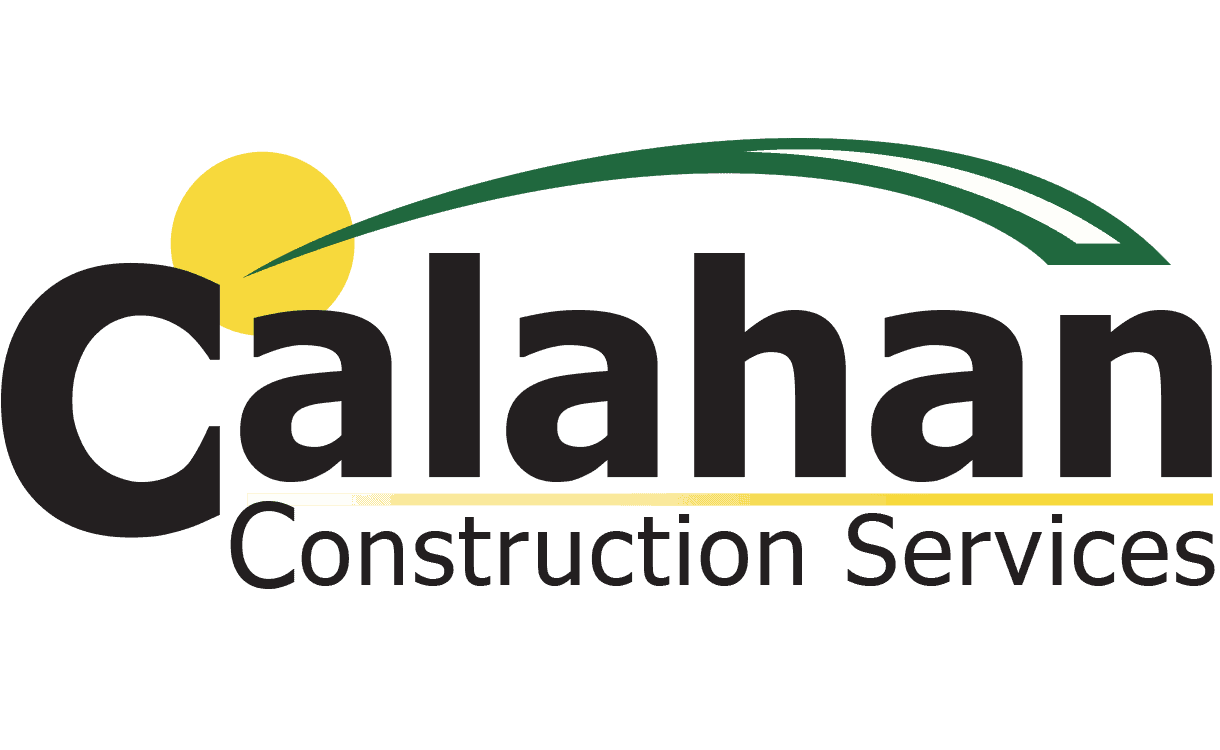 https://www.calahan.com/wp-content/uploads/2025/06/Questions-to-Ask-When-Considering-Commercial-Addition-Planning.jpg
1250
2000
AbstraktMarketing
/wp-content/uploads/2021/02/ccs_logo_full.png
AbstraktMarketing2025-06-12 14:39:562025-07-04 14:26:56Questions to Ask When Considering Commercial Addition Planning
https://www.calahan.com/wp-content/uploads/2025/06/Questions-to-Ask-When-Considering-Commercial-Addition-Planning.jpg
1250
2000
AbstraktMarketing
/wp-content/uploads/2021/02/ccs_logo_full.png
AbstraktMarketing2025-06-12 14:39:562025-07-04 14:26:56Questions to Ask When Considering Commercial Addition Planning Uncovering the Costs to Build a Commercial Building: Tilt-Up vs. Ground-Up
When measuring the success of a project, nothing is more important than being able to accurately predict your budget and costs. And the cost of building new commercial infrastructure can vary widely depending on a number of factors. From the type of construction you choose to the materials used, each element can drastically affect your bottom line.
That’s why it’s essential to understand the fundamentals of commercial building construction and the key cost drivers that will help you make informed decisions about your construction budget. In this post, we’ll discuss two popular types of construction—tilt-up and ground-up—and how they impact your overall construction costs.
First, What are the Basic Differences Between Tilt-Up and Ground-Up Construction?
Before we dive into the intricacies behind pricing, let’s cover the main differences between tilt-up and ground-up construction project. Simply put, opposed to tilt-up construction—where precast panels are used—ground-up construction involves pouring concrete directly onto an excavated site while following an exact plan provided by architects or engineers depending on the complexity of the project desired outcome.
This method requires more labor than tilt-up construction due to being done entirely onsite, but it offers greater design flexibility. Changes can be made at any point in time without impacting timelines too drastically as long as adequate planning has been done upfront. Another benefit that ground-up construction projects bring is that these projects tend to be constructed faster than other types such as steel frame buildings, which often makes a significant difference in terms of overall project costs.
Tilt-up construction, on the other hand, is a precast building system that uses concrete panels to form the walls and roof of a structure. This method has become increasingly popular in recent years due to its cost effectiveness, speed of construction, and ability to accommodate custom designs. Tilt-up construction also offers owners a variety of options when it comes to choosing materials for their projects. From traditional brick and mortar to insulated steel frames, the type of material used will ultimately depend on the budget and desired aesthetic appeal of the finished project.
On the other hand, ground-up construction relies on traditional building techniques such as framing and masonry work. While this method does offer more flexibility for customization compared to tilt-up systems, it can also be much more expensive due to the labor-intensive nature of these types of projects. Additionally, certain materials such as wood or stone may require special tools or skills which could add additional costs as well.
In today’s world, commercial buildings need to be durable and resilient. With Calahan, you can leverage the advantage of 50+ years of experience.
Practical and Fiscal Advantages of Tilt-Up Construction
There are several advantages to tilt-up construction over ground-up construction for business owners, such as:
Practical Benefits
One of the biggest benefits is that the entire process can be completed much more quickly than with traditional methods—often within a few weeks or months compared to several months or even years with ground-up construction.
Another advantage is that tilt-up construction projects offer enhanced durability and energy efficiency due to their insulated cores, which can lead to long-term cost savings for your business, and the following benefits.
Financial Benefits
Additionally, tilt-up construction projects use precast panels, meaning they come ready to install and require minimal labor once they are onsite. This reduces labor costs as well as ensuring high quality and consistent results throughout the project.
- Lower Costs: Tilt-up construction can often be less expensive than other methods of construction, due to the reduced need for costly formwork and the use of less skilled labor.
- Faster Construction Time: Tilt-up construction can be faster than other methods of construction, as the panels can be poured and tilted into place in a relatively short amount of time. This can help to reduce the overall construction time and get the building into use sooner.
- Low Maintenance Costs: Tilt-up construction can be very durable, requiring little maintenance over the life of the building. This can lead to significant cost savings over the life of the building.
- Energy Efficiency: Concrete has a natural insulation property which reduces the energy consumption of heating and cooling systems. This can help to reduce the costs of operating and maintaining the building.
- Easy to Customize: Tilt-up construction allows for easy customization of the building’s design and layout, making it a versatile choice for a wide range of uses and applications.

Key Cost-Drivers That Impact Both Methods
No matter what type of construction you decide on for your project, there are several other factors that can influence overall costs as well. For instance, local zoning regulations may mandate certain safety features or energy efficiency upgrades that must be included in order for the building to pass inspection. In addition, delays caused by inclement weather or ordering problems with materials can also have an effect on the cost of your project since lost time often translates into additional expenses.
How Can I Keep My New Construction Project on Budget?
The best way to ensure that your commercial project stays within your budget is to find an experienced contractor who understands all aspects of commercial building construction. Additionally, shopping around for materials and comparing bids from multiple contractors can help you get better prices as well. Finally, having a detailed timeline and budget plan before starting any work can go a long way towards avoiding costly surprises during the course of your project.
Choose Calahan for Your Next Construction Project
Whether you’re constructing a new facility from scratch or using prefabricated technology like tilt-up systems instead, understanding all the cost drivers associated with commercial building construction will help you make informed decisions about your project’s budget and achieve desired results. By finding an experienced contractor in Colorado like Calahan and planning ahead with detailed timelines and budgets in place, you can ensure your next project stays on track while staying within budget. Contact our team today to schedule a free project consultation or estimate, and let’s build together.
Related Postings
 https://www.calahan.com/wp-content/uploads/2025/06/Questions-to-Ask-When-Considering-Commercial-Addition-Planning.jpg
1250
2000
AbstraktMarketing
/wp-content/uploads/2021/02/ccs_logo_full.png
AbstraktMarketing2025-06-12 14:39:562025-07-04 14:26:56Questions to Ask When Considering Commercial Addition Planning
https://www.calahan.com/wp-content/uploads/2025/06/Questions-to-Ask-When-Considering-Commercial-Addition-Planning.jpg
1250
2000
AbstraktMarketing
/wp-content/uploads/2021/02/ccs_logo_full.png
AbstraktMarketing2025-06-12 14:39:562025-07-04 14:26:56Questions to Ask When Considering Commercial Addition Planning  https://www.calahan.com/wp-content/uploads/2025/06/Types-of-Commercial-Building-Additions-Which-Is-Right-for-Your-Business.jpg
1250
2000
AbstraktMarketing
/wp-content/uploads/2021/02/ccs_logo_full.png
AbstraktMarketing2025-06-12 14:32:132025-07-04 14:26:57Types of Commercial Building Additions: Which Is Right for Your Business?
https://www.calahan.com/wp-content/uploads/2025/06/Types-of-Commercial-Building-Additions-Which-Is-Right-for-Your-Business.jpg
1250
2000
AbstraktMarketing
/wp-content/uploads/2021/02/ccs_logo_full.png
AbstraktMarketing2025-06-12 14:32:132025-07-04 14:26:57Types of Commercial Building Additions: Which Is Right for Your Business?
Strategies to Reduce Downtime During Your Commercial Construction Project
Commercial Constuction, Remodel/Renovation


